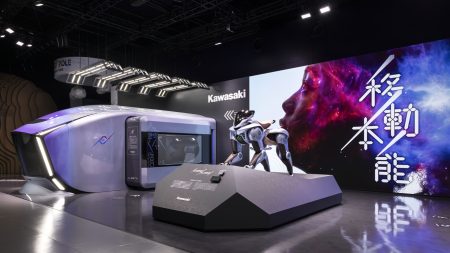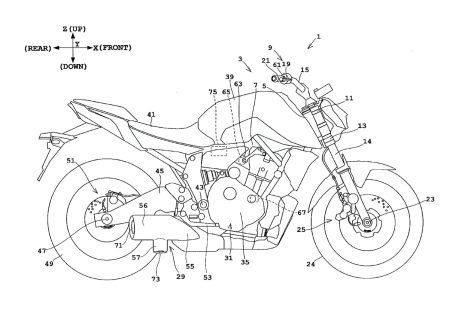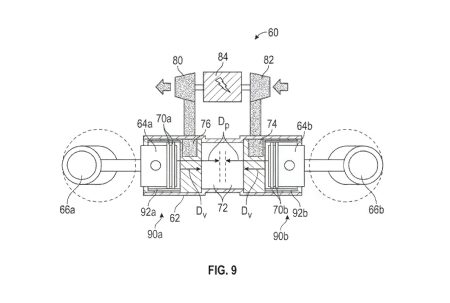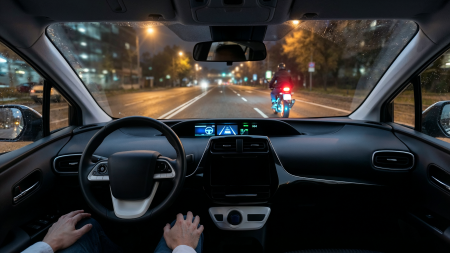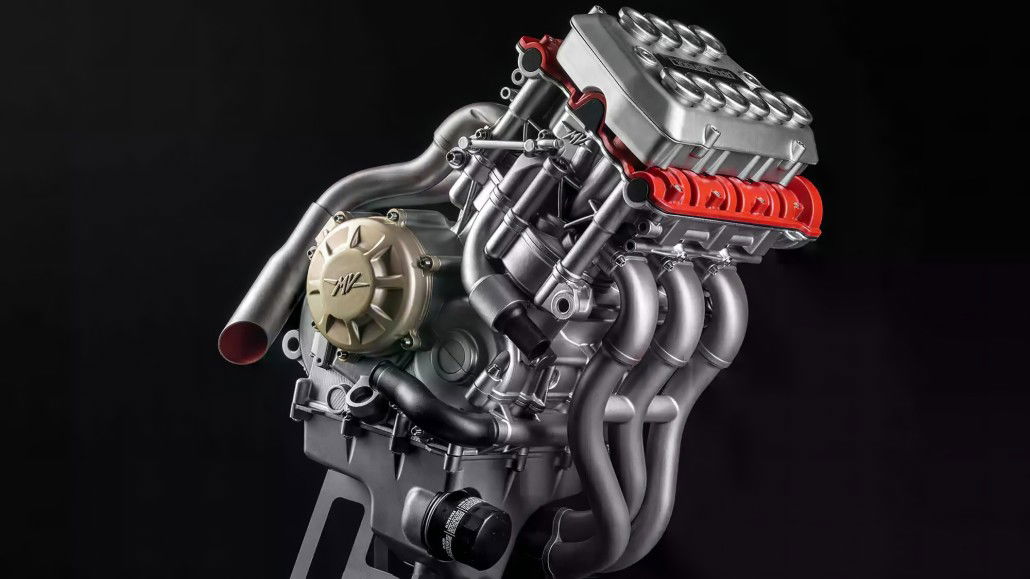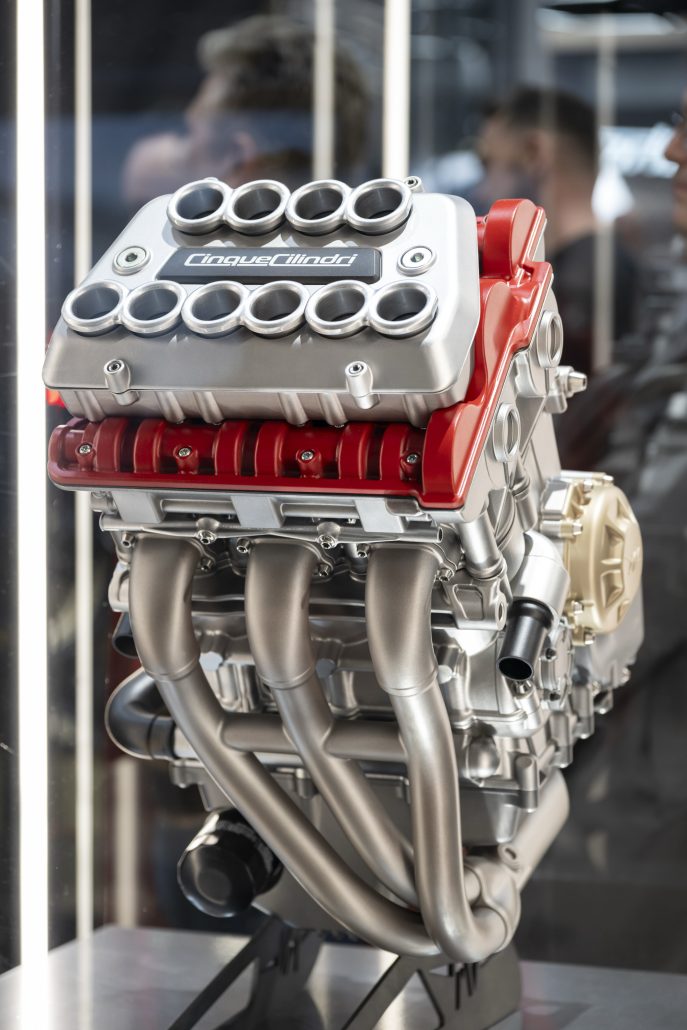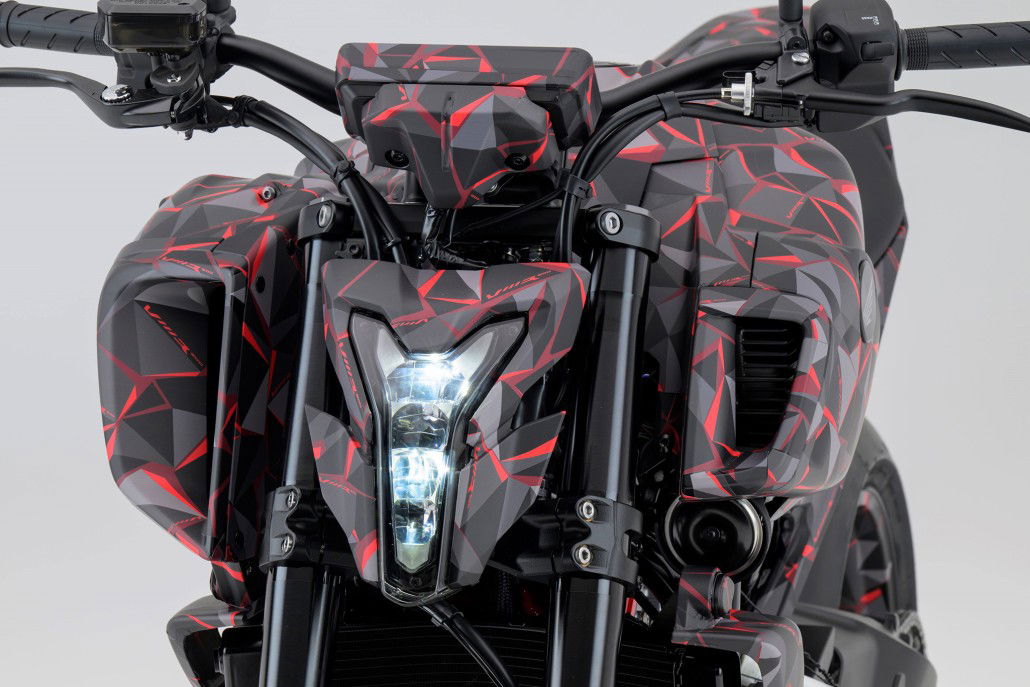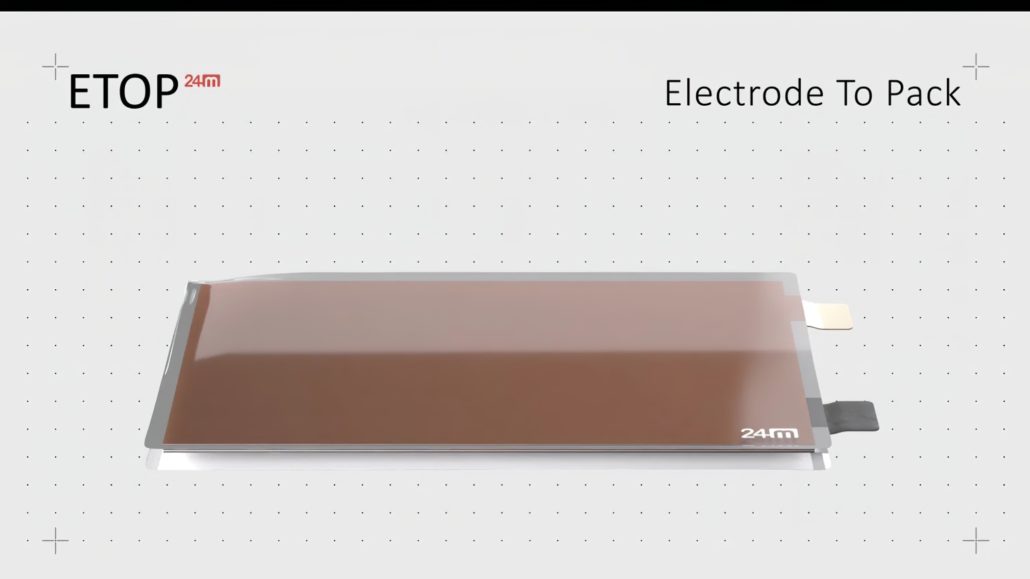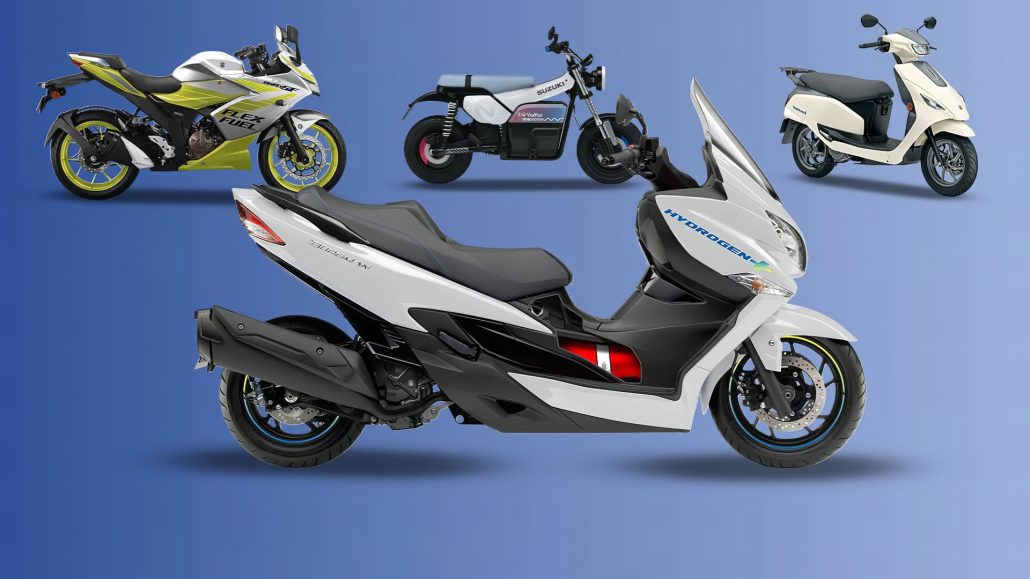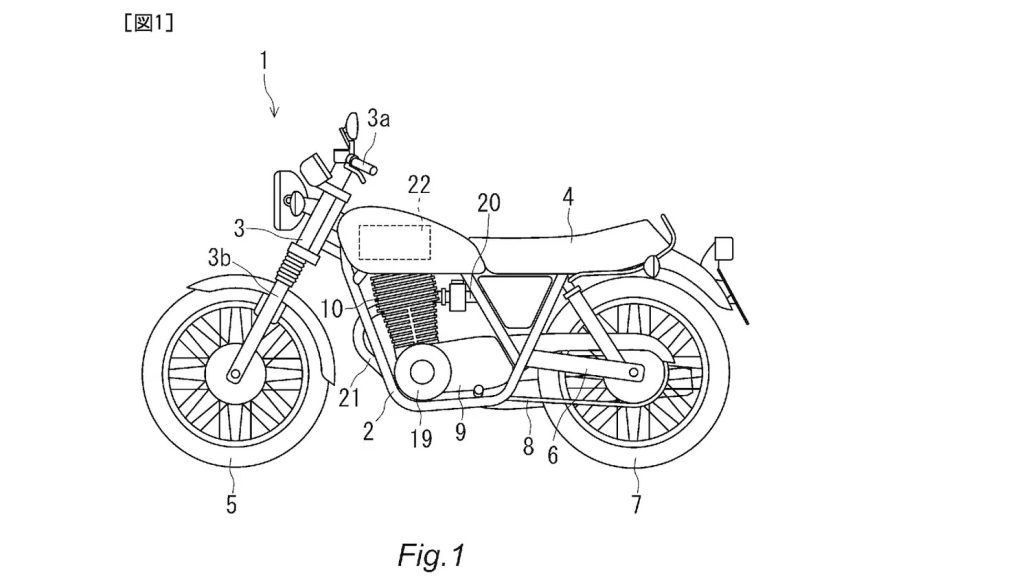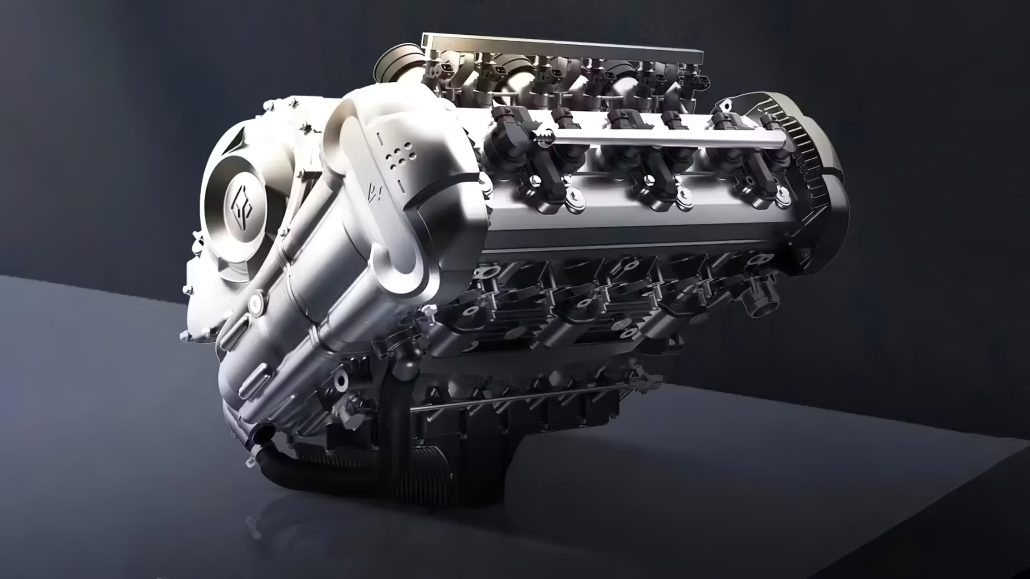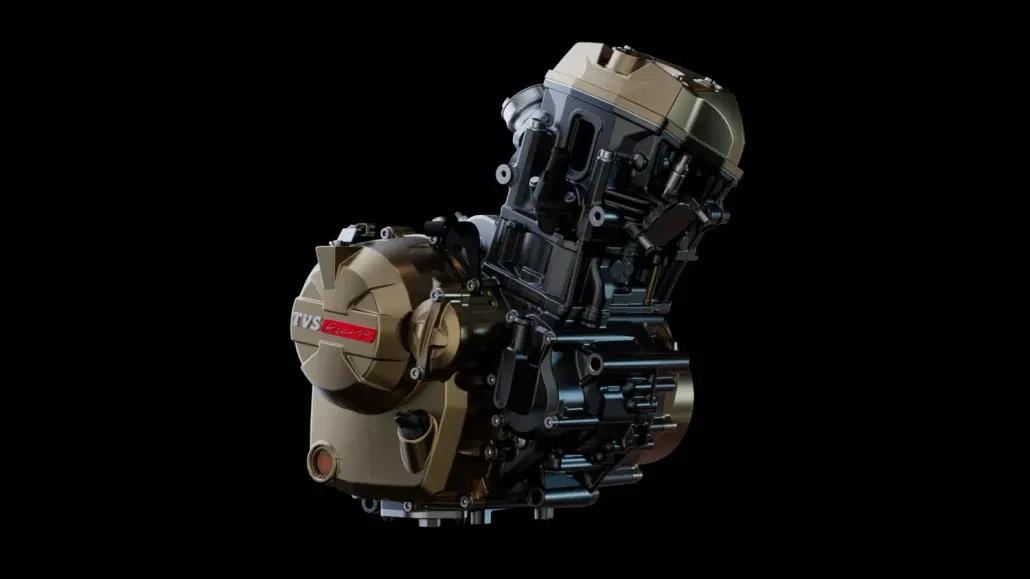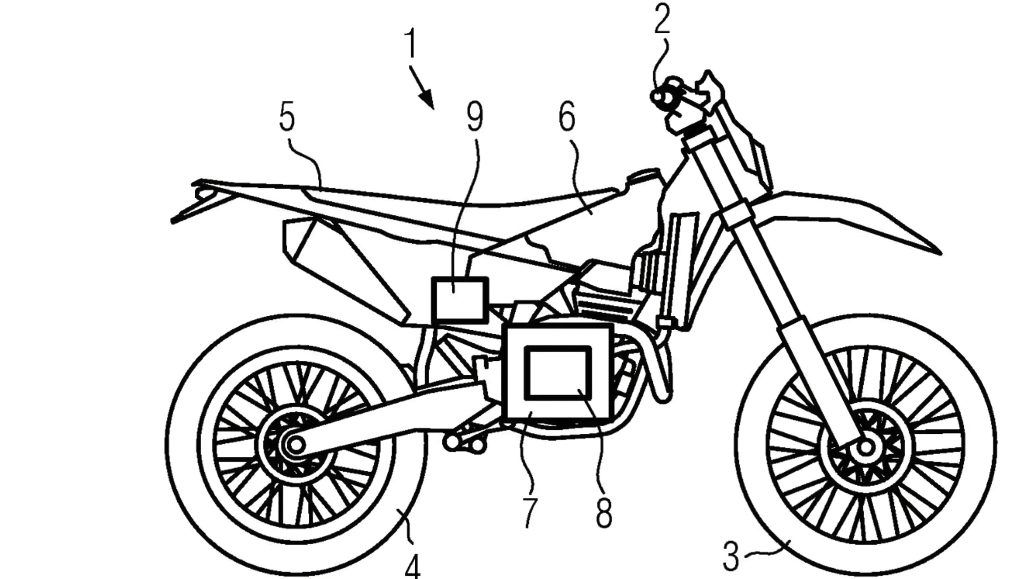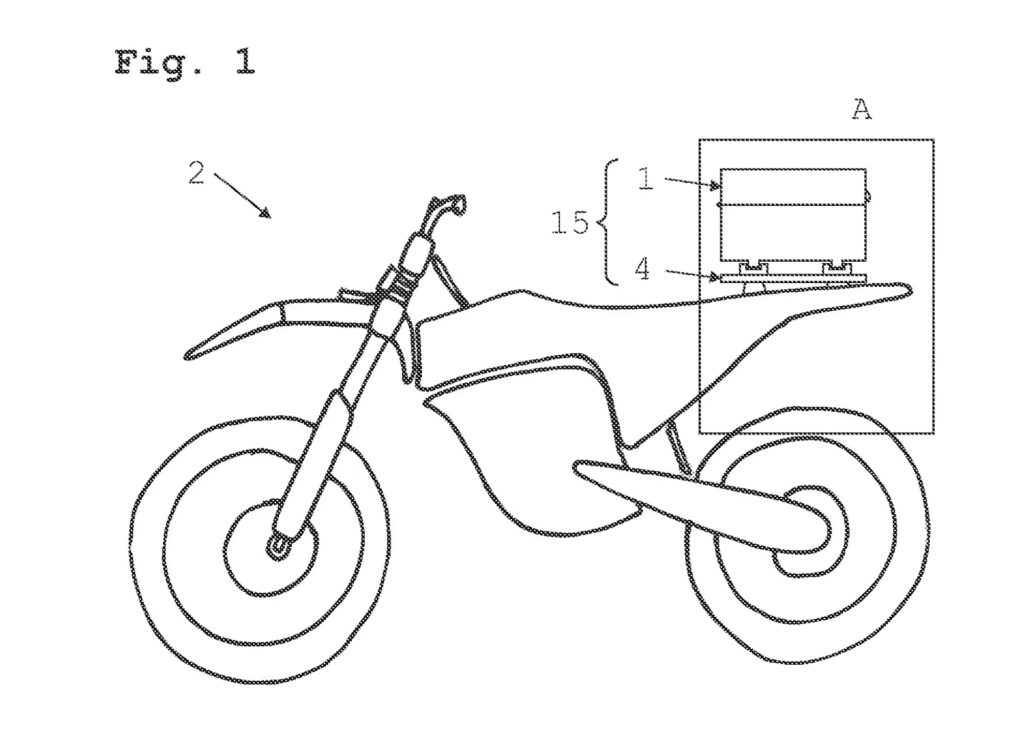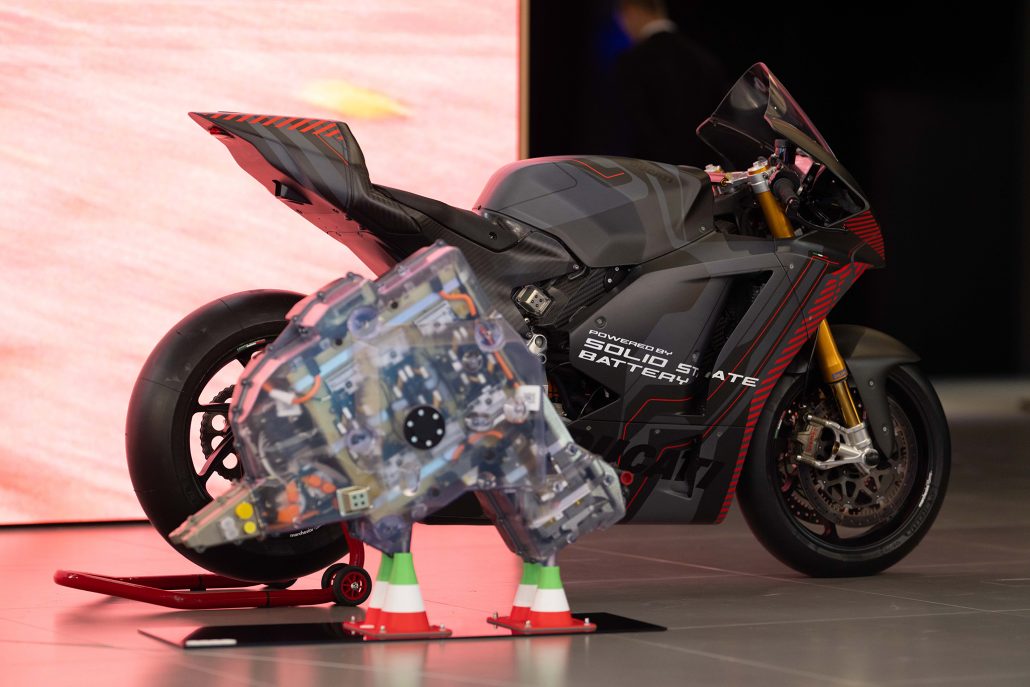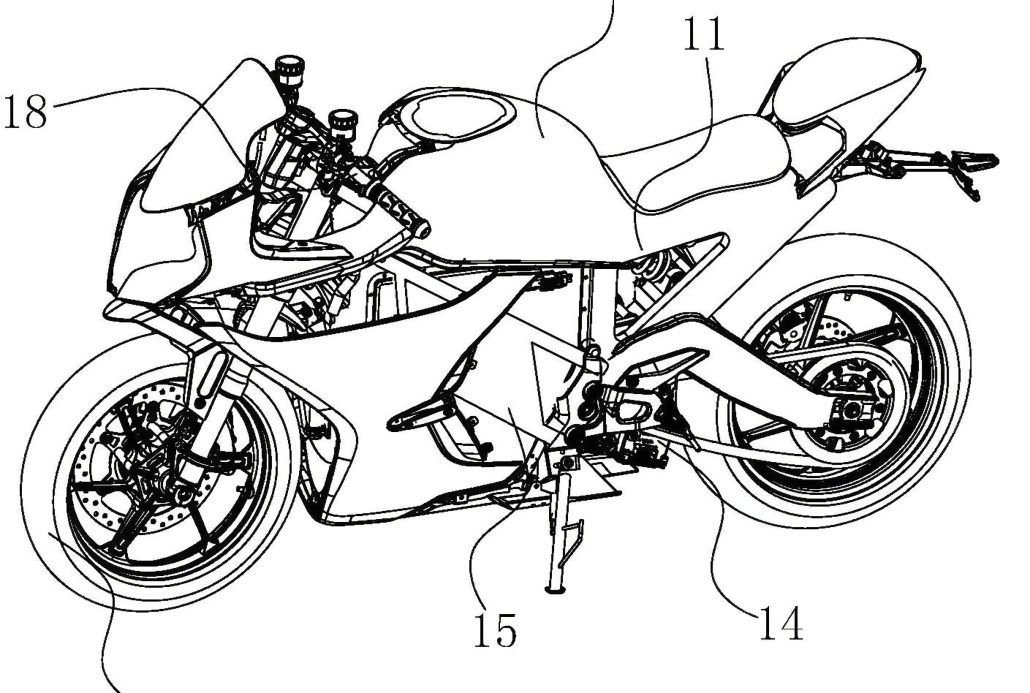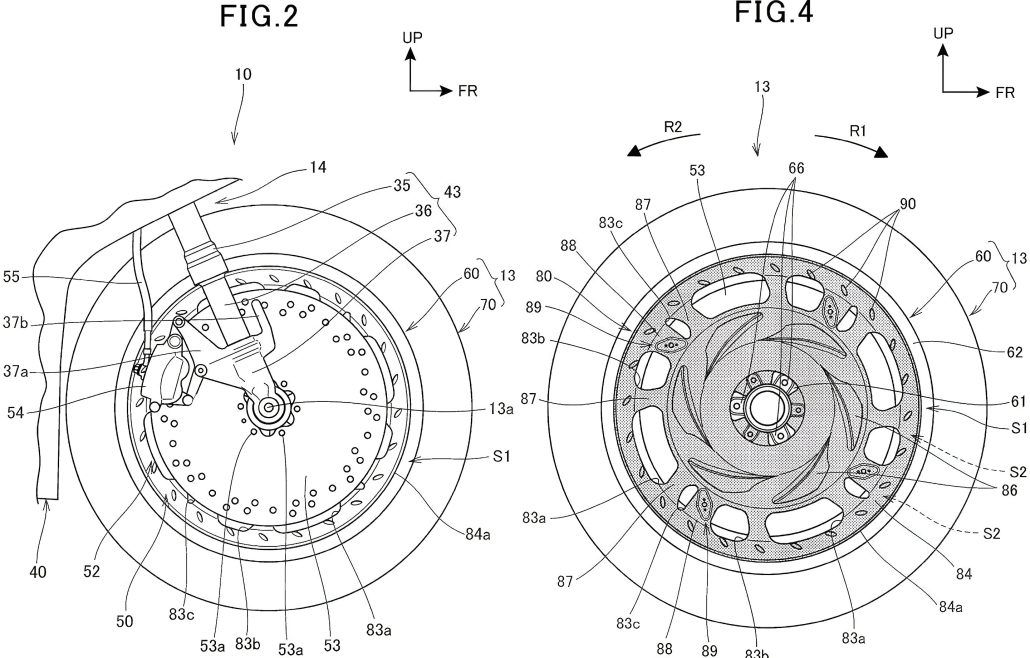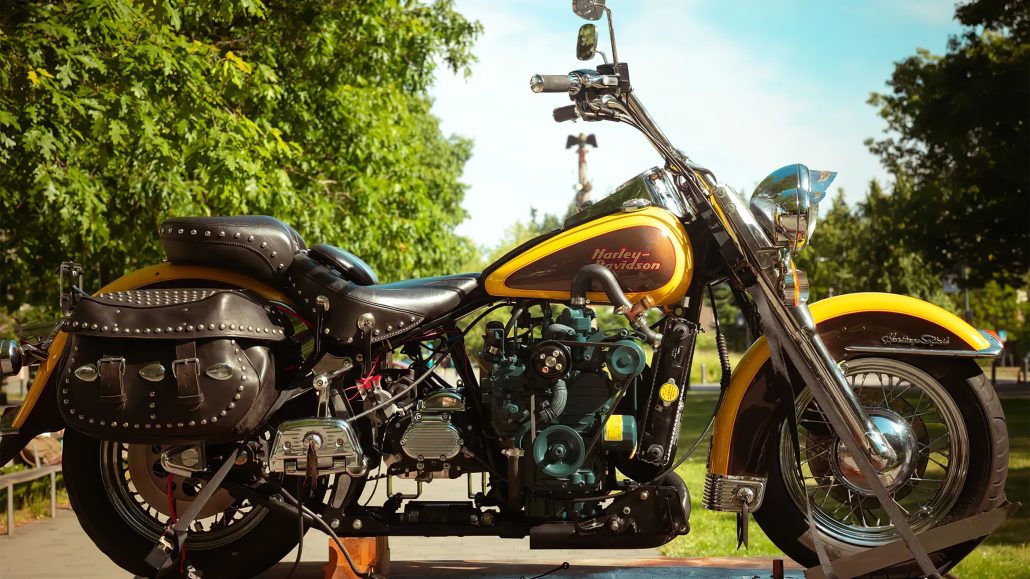Kawasaki is working on an unusual means of transportation that aims to completely reinterpret the off-road experience. Corleo, a four-wheel-drive off-road system on robotic legs, is set to be used at major events and in everyday alpine life in the coming years.
Browsing: Technology
Yamaha is working on exhaust technology that actively influences riding conditions. New patent documents show systems that specifically redirect exhaust jets to support acceleration, wheelie control, and cornering behavior.
General Motors is working on a novel two-stroke concept designed to avoid the classic weaknesses of this type of engine. A recently published patent application shows how an electronically controlled valve system could reduce emissions and improve efficiency and durability.
Tesla wants to introduce its Full Self-Driving system in Europe as quickly as possible, but serious accidents involving motorcycles are raising questions about safety. The Dutch registration authority RDW is demanding that the protection of motorcyclists be a priority—only then can approval be granted.
MV Agusta is working on a new engine concept that differs significantly from classic designs. The so-called Cinque Cilindri combines five cylinders in a compact arrangement reminiscent of VR engines, but without adopting their typical V-structure. The concept was first unveiled at EICMA and subsequently supplemented with further information.
MV Agusta presented a new type of engine at EICMA, called the Cinque Cilindri. The model represents a new chapter in the brand’s engine development. The engine features five cylinders, three camshafts, and electrically powered auxiliary units. With this development, MV Agusta is moving away from previous speed-oriented drive concepts and pursuing the goal of combining technological fascination with everyday practicality.
Translated with DeepL.com (free version)
MV Agusta presented a new type of engine at EICMA, called the Cinque Cilindri. The model represents a new chapter in the brand’s engine development. The engine features five cylinders, three camshafts, and electrically powered auxiliary units. With this development, MV Agusta is moving away from previous speed-oriented drive concepts and pursuing the goal of combining technological fascination with everyday practicality.
Honda presented the prototype of the V3R 900 with electronic supercharger at EICMA 2025 in Milan. With this motorcycle, the manufacturer is focusing on technical innovation and pursuing the goal of achieving a balance between performance, riding pleasure, and environmental compatibility. The V3R 900 with e-supercharger exemplifies Honda’s future strategy in the field of sporty road motorcycles.
According to its own statements, 24M, a US company based in Massachusetts, has developed innovative battery technology that has the potential to fundamentally change electric mobility. The technology promises not only a significantly higher range of up to 1,000 miles (approx. 1,609 km), but also lower costs, increased safety, and flexible applications—including for electric motorcycles.
At the Japan Mobility Show 2025, Suzuki is showcasing a wide range of concepts and studies, ranging from alternative drive systems to an anniversary model of the GSX-R1000R. The manufacturer is thus demonstrating its strategy of offering both traditional sports motorcycles and modern solutions for sustainable mobility.
Just under ten years after entering MotoGP, KTM has taken another significant step in its motorsport history. The new 850cc engine concept for the 2027 season was tested on the test bench for the first time in Mattighofen, Austria. The reason for this is the upcoming technical regulations that will apply in the premier class from 2027.
Yamaha has filed a patent that addresses a well-known problem with electric motorcycles: many motorcyclists find the switch to electric drive less exciting because they miss the typical engine noise and vibrations of a combustion engine. A novel technical solution is intended to compensate for this disadvantage.
The Chinese brand Benda is attracting increasing attention with its unusual engine configurations. While the company has only recently entered the US market, where it mainly offers 300cc to 500cc V2 models, Benda is showing much more innovation on its domestic market. At the recent CIMAMotor trade fair, Benda presented not only a radical hybrid concept with a 250cc boxer engine, but also a completely newly developed inline six-cylinder engine with a displacement of 1700cc.
TVS Motor has acquired the renowned Italian development company Engines Engineering (EE) and will use the company as a global center of excellence (CoE) for design and development in the future. The aim is to further expand its own expertise in the field of modern vehicle technologies and in the development of premium and electric motorcycles.
In the world of motorcycles, the return of forced induction is a rare event. After Kawasaki set a milestone with the Ninja H2, things remained quiet on the supercharger front for a long time. While the Ninja H2R continued to be considered the most powerful production motorcycle with a supercharger, the field seemed to be left to other manufacturers. However, recent technological changes have brought movement to the scene: Honda introduced a fully electric supercharger with the V3R, and Yamaha developed its own solution with the E-Turbo. Now KTM is also entering the stage – with a novel, electrically assisted supercharger system that combines elements of both technologies and, according to the patent, is intended to offer a middle ground between classic superchargers and modern electric drives.
With a novel approach to extending the range of electric motorcycles, KTM is pursuing a solution that aims to enable greater flexibility and everyday usability. Based on current patent applications, the Austrian manufacturer is working on a modular system that can be attached to the rear of the motorcycle like a top case. Depending on the variant, the compact additional box will contain either a mini combustion engine, a fuel cell, or additional batteries.
Even though the FIM MotoE World Championship will take a break at the end of the 2025 season, Ducati is continuing to push ahead with the development of alternative drive technologies. The focus is on the V21L prototype – an electric motorcycle that has not only been tested in MotoE, but has now also been unveiled with solid-state batteries for the first time. The new development stage made its debut on September 8, 2025, at the IAA Mobility in Munich.
Despite subdued demand for electric motorcycles, CFMoto is continuing its development in this area. New patent applications show that the Chinese manufacturer is working on a fully electric sports motorcycle that stands out from previous designs thanks to its unusual frame construction and special battery concept.
In motorcycle racing, precise management of tire pressure and temperature is playing an increasingly important role. In MotoGP in particular, tire pressure is constantly monitored – if it is too low for a prolonged period, penalties are imposed. This is where Honda’s latest patent comes in: a newly developed rim and brake system designed to minimize heat transfer to the tires.
A motorcycle that smells like French fries and is powered by a tractor engine—what initially sounds like a crazy DIY project is actually the result of years of work by 22-year-old student Alex Jennison. Using a 1999 Harley-Davidson Softail frame as a basis, he has created an unusual vehicle that runs on biodiesel made from frying oil. Jennison is currently on a 1,900-kilometer tour along the US West Coast with his homemade creation to raise awareness of the practicality of alternative fuels.



